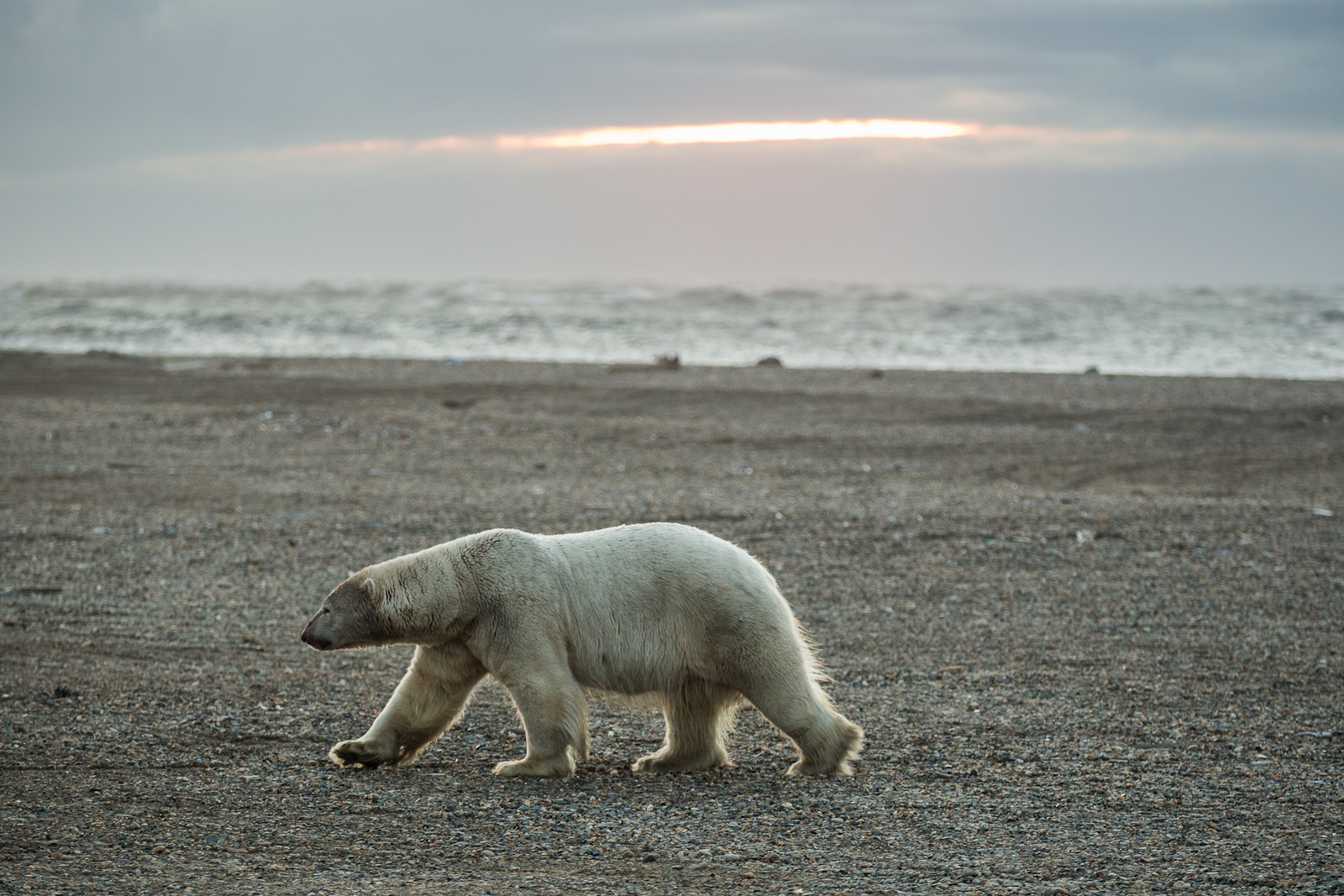Nunavut Inuit group will lobby to lift polar bear ban, increase eastern hunt quota

A recent scientific report that Baffin Bay and Kane Basin polar bear populations are stable and possibly thriving may have surprised scientists, but not Inuit who hunt in those areas.
James Eetoolook, vice president of Nunavut Tunngavik Inc., Nunavut’s land claims body, said Feb. 22 that Inuit knowledge from eastern Baffin Island has suggested that there were plenty of bears in the area and that, despite decreasing sea ice, the animals were adapting by diversifying their diet.
“The most recent scientific results shows that the Inuit traditional knowledge was accurate,” Eetoolook said.
“It always comes down to Inuit knowledge. Scientists say one thing and then they’re wrong. Inuit knowledge, most of the time, is accurate because the hunters live in the same area as the polar bears.”
Eetoolook was responding to the recent release of a comprehensive three-year study of Baffin Bay and Kane Basin polar bears conducted by a scientific working group of the Canada-Greenland Joint Commission on Polar Bear.
Instead of diminishing, as scientific modelling had predicted, Baffin Bay polar bears had an estimated current population of 2,826, compared to 2,173 estimated in 1994-1997.
Kane Basin bears numbers had increased to an estimated 357, up from 164 estimated in 1995-1997.
The working group declined to suggest a new joint Canada-Greenland harvesting quota citing climate-change induced reductions to sea ice and its potential impact on polar bears in that area.
[The first Arctic-wide look at polar bears’ sea ice habitat finds conditions worsening everywhere]
But Eetoolook said NTI will now seek to increase the Baffin Bay quota that the Government of Nunavut recommended be lowered to 64 from 105 in 2010 and which the Nunavut Wildlife Management Board duly recommended.
Around the same time, the European Union and the United States banned importation of polar bear trophies from Baffin Bay and Kane Basin which, coupled with the lower quota, was a financial blow for the three main communities who hunt that population: Pond Inlet, Clyde River and Qikiqtarjuaq.
Eetoolook said hunters have suffered because of faulty science and it’s time governments and management bodies recognize that and find remedies.
That means allowing Nunavut hunters to take more bears and lobbying the territorial and federal government to work toward lifting that trophy ban.
Lifting the ban would first require the federal government give those populations of polar bears a “non-detriment finding” under the Convention on International trade in Endangered Species or CITES.
This means Canada would have to prove that there’s no environmental damage from continued international trade in polar bears from that region to convince jurisdictions that it was OK to import those products again.
[Polar bears’ path to decline runs through an Alaska village]
“Those people in those communities were not allowed to export their polar bear skins outside of Canada because the GN wrongfully estimated the population,” Eetoolook said. “So NTI had requested that Environment Canada remove that negative [non-detriment finding].”
Officials with Environment and Climate Change Canada, as it’s now called, told NTI they would not change the finding until a new study showed that the Baffin Bay population was stable.
“So here we are,” Eetoolook said. “We’re going to be requesting that the total ban on exporting polar bear skins from those three communities be lifted since the population of polar bears in Baffin Bay is healthy.”
And he’s confident that the joint Canada Greenland commission that manages those two populations of polar bears is well-equipped to keep those populations healthy and sustainable into the future.
“It’s one of the best management systems, when it comes to wildlife,” Eetoolook said.
[Eating the white bear: An Arctic icon’s place on the menu]
When asked whether he was concerned about changes to sea ice and how that could impact polar bear health as scientists believe, Eetoolook said Inuit believe polar bears, like people, can and will adapt to the evolving northern environment.
“We understand that the polar bear uses ice as much as the Inuit hunter, perhaps more. Polar bears are adapting. They can hunt in open water and on land. We see them do that in summer time,” he said. “They are adapting to changes.”